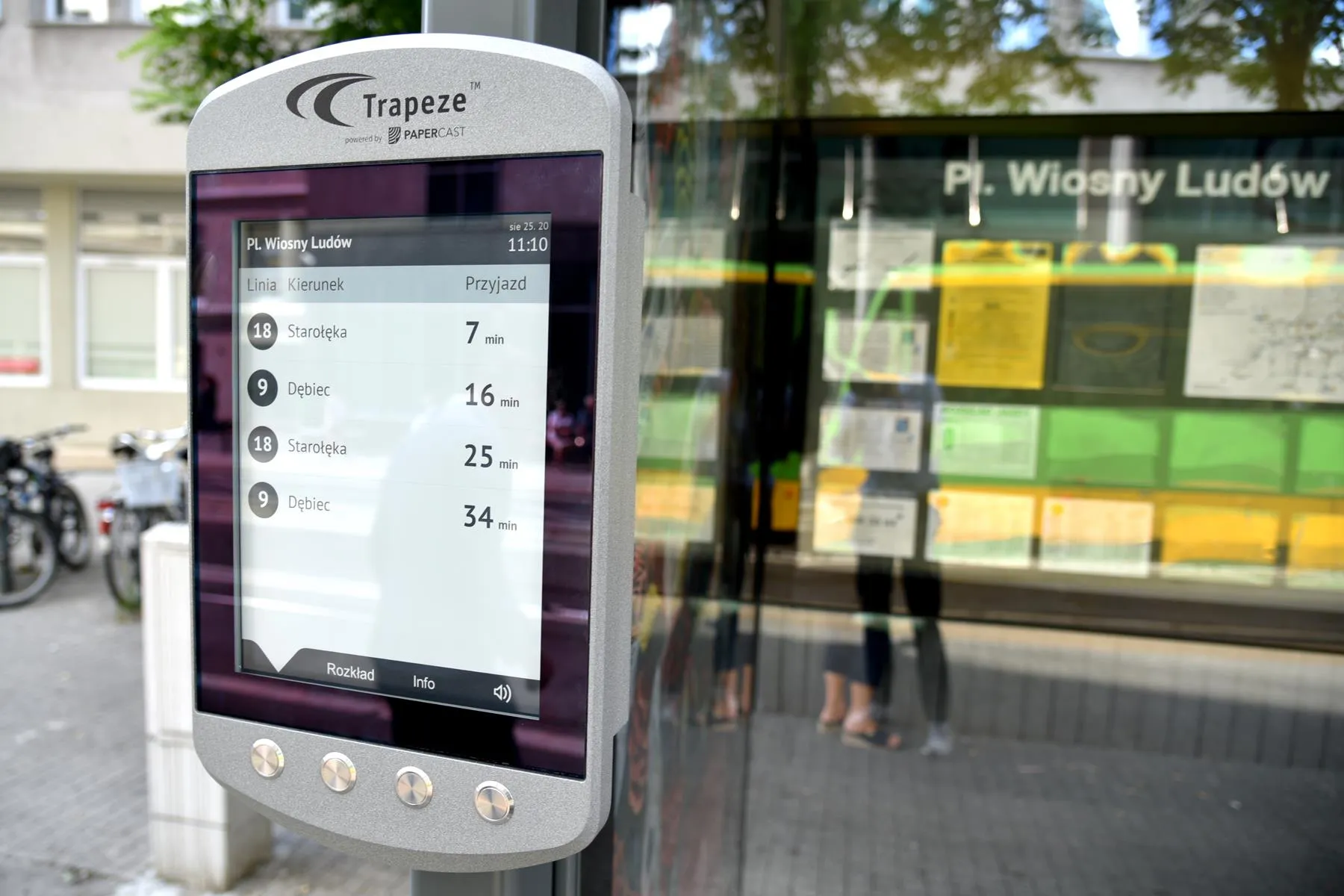According to a new research report from analysts Berg Insight, the European market for ITS systems for public transport is in a growth phase which will last for several years to come and by 2016 the market value for ITS systems deployed in public transport operations in Europe is expected to reach US1.9 billion by 2016. The report claims the fluctuating economic climate has in most countries had little effect on the market as the public investments which underpin a major part of the ITS initiatives have rem
October 25, 2012
Read time: 2 mins
According to a new research report from analysts 3849 Berg Insight, the European market for ITS systems for public transport is in a growth phase which will last for several years to come and by 2016 the market value for ITS systems deployed in public transport operations in Europe is expected to reach US1.9 billion by 2016.
The report claims the fluctuating economic climate has in most countries had little effect on the market as the public investments which underpin a major part of the ITS initiatives have remained stable throughout the periods of crisis. The vendor landscape for public transport ITS consists of a variety of actors. The companies511 INIT, 629 Trapeze Group and IVU have emerged as leaders in Europe, having broad product portfolios and large numbers of installed systems in many countries. There are also local players with considerable market shares on regional markets in Europe, including 812 INEO Systrans and 6256 Vix. Another group of vendors are focused on specific parts of complete ITS such as specialised hardware units or software applications.
”The public transport ITS market in Europe is favoured by several concurrent developments, including UITP’s sought-after doubling of the public transport passengers, the EBSF EU project, and generally higher expectations among travellers”, said Rickard Andersson, telecom analyst, Berg Insight.
“Increasingly sophisticated solutions for traffic management and passenger information are available which – if implemented correctly – eventually can put public transport on par with private transportation modes in terms of travelling times and flexibility”.
Mr. Andersson adds that a noteworthy development is the increasing integration of smartphone-based solutions in public transport ITS, used for various traveller-centric applications as well as business performance overviews for operators, and most recently also as affordable tracking solutions enabling real-time passenger information (RTPI). “Travellers increasingly expect real-time information also from smaller operators with low propensity to invest in ITS”, concluded Mr. Andersson.
The report claims the fluctuating economic climate has in most countries had little effect on the market as the public investments which underpin a major part of the ITS initiatives have remained stable throughout the periods of crisis. The vendor landscape for public transport ITS consists of a variety of actors. The companies
”The public transport ITS market in Europe is favoured by several concurrent developments, including UITP’s sought-after doubling of the public transport passengers, the EBSF EU project, and generally higher expectations among travellers”, said Rickard Andersson, telecom analyst, Berg Insight.
“Increasingly sophisticated solutions for traffic management and passenger information are available which – if implemented correctly – eventually can put public transport on par with private transportation modes in terms of travelling times and flexibility”.
Mr. Andersson adds that a noteworthy development is the increasing integration of smartphone-based solutions in public transport ITS, used for various traveller-centric applications as well as business performance overviews for operators, and most recently also as affordable tracking solutions enabling real-time passenger information (RTPI). “Travellers increasingly expect real-time information also from smaller operators with low propensity to invest in ITS”, concluded Mr. Andersson.









